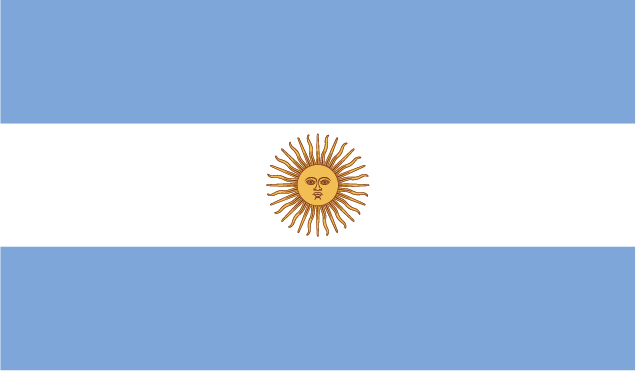Introducing Transoral Outlet Reduction (TORe)

TORe is an endoscopic procedure that provides a safe and clinically effective alternative to surgical revision of a Roux-en-Y gastric bypass. In combination with gastric pouch reduction, TORe can address anastomic dilation and induce weight loss.
How the TORe procedure is performed
A trained gastroenterologist or surgeon who performs bariatric procedures uses the OverStitch™ system to reduce the size of the dilated gastrojejunal outlet back to the original intended size. In some cases, a gastric pouch reduction can also be performed at the same time.
Anatomic modifications result in earlier satiety and weight loss. TORe is performed under general anaesthetic and, for most people, can be a day case procedure.
Clinical evidence
6%
Large meta-analysis showed an average of 6% total body weight loss (TBWL) at 12 months.4
9-12%
Latest studies using the purse-string approach report 9-12% TBWL at 12 months.5,6
5&7 y.
Long-term studies support durable weight loss at 5 and 7 years.5,7
A comparative study demonstrated a lower rate of adverse events with TORe compared to surgical revisions, whilst achieving similar outcomes in long-term efficacy.3
| TORe n=31 | LAP n=31 | p-value | ||
| Effectiveness at 5 years | 11.5% TBWL | 13.1% TBWL | 0.67 | |
| Adverse events | 6.5% | 29.0% | 0.04 | |
| Safety profile | 0% SAE* rate | 19.4% SAE rate | 0.024 | |
Dolan, et al; Gastrointestinal Endoscopy. 2021
- Matched cohort population
- Multicentric
- Long follow-up studies: 5yrs
TORe Patient Stories: Alessia’s Story
Listen to Alessia’s story as she shares her TORe journey.
Key Resources



















